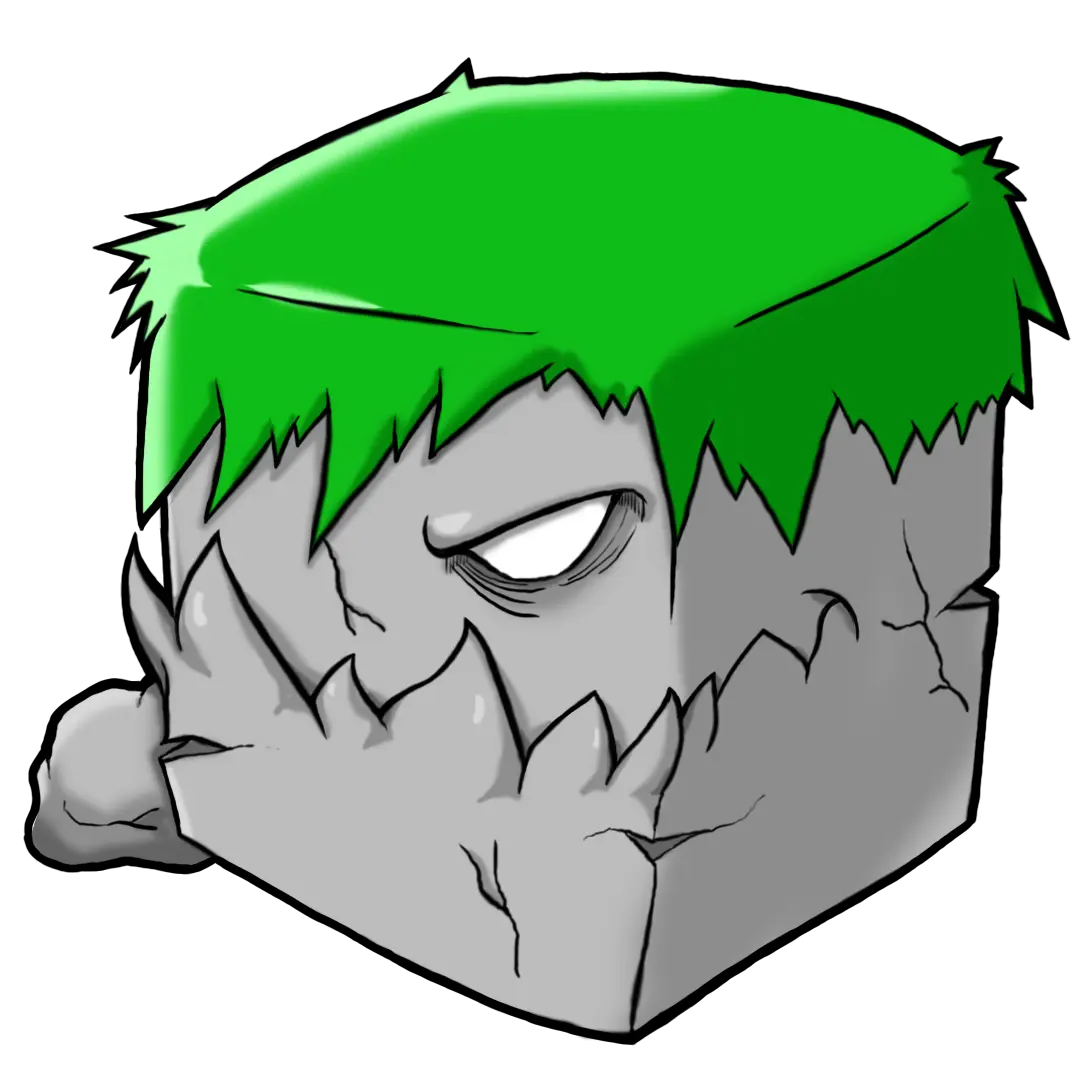"Teacher, why do we need to learn this?" This question in class changed my view of education forever. Up until that point, I thought my role was to deliver a prescribed curriculum in sequence.
Even though I was a 10-year teacher, I could see the glazed look in my students' eyes. I was teaching them something that was clearly important, but to them, it just seemed like a bunch of memorization for a test. I realized how inefficient it was to teach 30 students at once, especially when they all had different learning abilities and interests.
Prompt.
복사
You are an expert in curriculum design.
## Learner-centered curriculum development framework.
### Step 1: Define the end outcome
- What should learners 'really' be able to do after completing this course?
- Statement of practical application skills, not just memorization of knowledge
- Set achievement criteria that are aligned with [target learner characteristics]
### Step 2: Design a backwards learning path
- Essential intermediate steps backward from the end goal
- How to address learner-specific prerequisite knowledge gaps
- Modular organization with individualized pacing
### Step 3: Build an immersive assessment system
- Project-based assessments instead of traditional exams
- Collaborative feedback system with peer learners
- Tools for self-reflection and metacognitive enhancement
Please design a 16-week course on [specific subject/topic] with the above scheme, week by week.
The first class we redesigned in this way was a real eye-opener, because instead of starting with theory, we presented real-world problem situations first, and students started asking themselves, "What do I need to know to solve this?"
What was even more amazing was the personalized progression management, where fast learners could focus on their needs with enrichment assignments and slower learners with foundation reinforcement. As a result, overall learning satisfaction and achievement improved significantly.
Most memorably, at the end of the semester, a student said to me, "I feel like I really learned this time." I realized that curriculum design is not just about laying out content, it's about carefully planning a learner's journey of growth. If you're teaching something, why not rethink it from the other person's perspective?
Like it
57
Love it
Like it
Slightly like it
Comments
0
Write a comment
Creative support prompts that make artists’ dreams come true
"I have the talent, but I don't have the support, so should I give up?" This is a dilemma that many artists face: the...
Growing Together Arts Win-Win Ecosystem Prompt
"When artists compete with each other, it makes it harder for everyone." I've seen it all too often: artists insistin...

